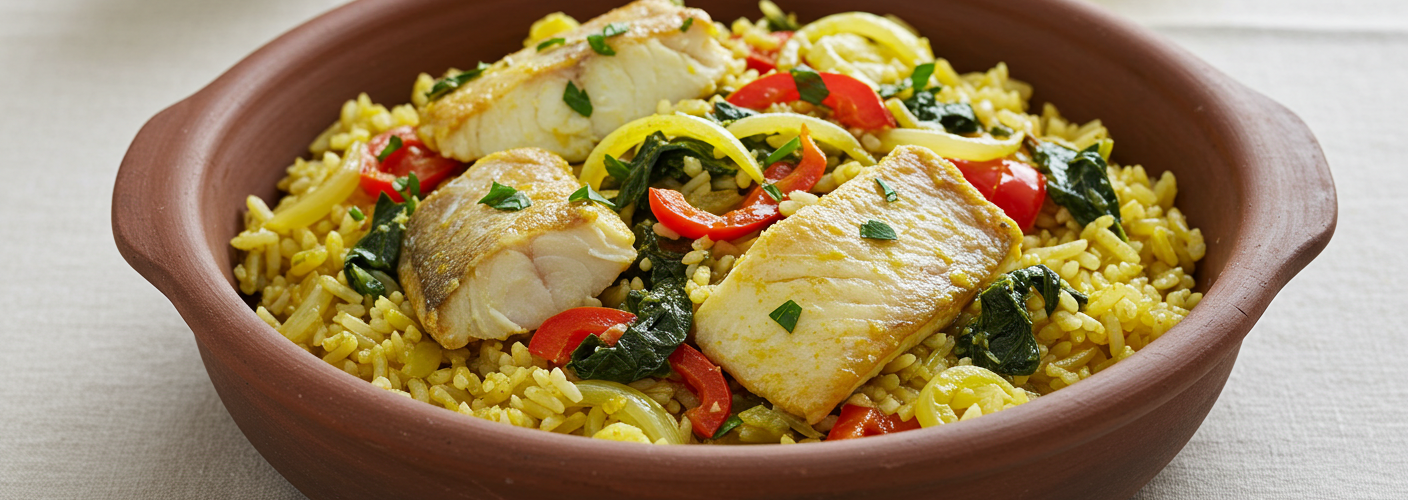When it comes to culinary delights, few dishes encapsulate the spirit of Senegalese culture quite like Ceebu Jen. This traditional dish, which translates to “rice and fish,” is a harmonious blend of fresh fish, local vegetables, and fragrant rice, deeply rooted in Senegal’s rich history and diverse gastronomic influences. For any food lover, especially those curious about West African cuisine, Ceebu Jen is not just a meal; it is an experience that connects one to the vibrant culture of Senegal.
At the heart of Ceebu Jen is its main ingredient: fresh fish. Depending on the region and season, a variety of fish can be used, including snapper, grouper, or even barracuda. The choice of fish not only adds flavor but also highlights the local fishing practices and the coastal geography of Senegal. The fish is typically marinated with a blend of spices and herbs such as garlic, onions, and black pepper, allowing it to soak in the rich flavors that define Senegalese cooking.
The next crucial component of Ceebu Jen is the rice. The dish is traditionally prepared with long-grain rice, which is cooked separately and flavored with a savory broth made from the fish and its marinade. This method allows the rice to absorb the flavors of the sea, creating a dish that is not just nutritionally balanced but also intoxicatingly aromatic. It’s common for the rice to be cooked with a variety of healthy vegetables, which add color and nutrients to the dish. Ingredients like carrots, cabbage, and tomatoes are popular, reflecting the region’s agricultural bounty.
One of the most fascinating aspects of Ceebu Jen is its preparation. The dish is typically cooked in a deep, wide pot known as a “caquelon.” This communal cooking method is integral to Senegalese culture, as families and friends often gather around to share the meal, turning food preparation into a lively social event. The fish is placed atop the rice and vegetables, allowing the flavors to meld during cooking. Once everything is ready, it is customary to serve Ceebu Jen on a large platter, encouraging everyone to dig in together, reinforcing the bond of community and sharing.
Of course, no discussion of Ceebu Jen is complete without mentioning the all-important ‘sauce,’ which is often prepared as a condiment. This sauce, usually made from a blend of tomatoes, onions, and various spices, adds a delightful tanginess to the dish, balancing the richness of the fish, rice, and vegetables. Each family may have its own version of the sauce, making it a personal touchstone to their culinary heritage.
For those looking to explore Senegalese cuisine, Ceebu Jen not only offers a taste of the region but also provides insight into the values of sharing and community. Its combination of rice, fresh fish, and vibrant vegetables makes it a wholesome dish that truly embodies the heart of Senegalese culture.
In conclusion, Ceebu Jen is more than just a staple meal in Senegal; it represents a joyful sharing of culture and history through food. Whether you are trying to prepare it at home or enjoying it in a Senegalese restaurant, this dish promises to deliver an unforgettable experience, rich with flavor and tradition. Don’t miss the chance to savor this delicious representation of Senegal.




Add comment